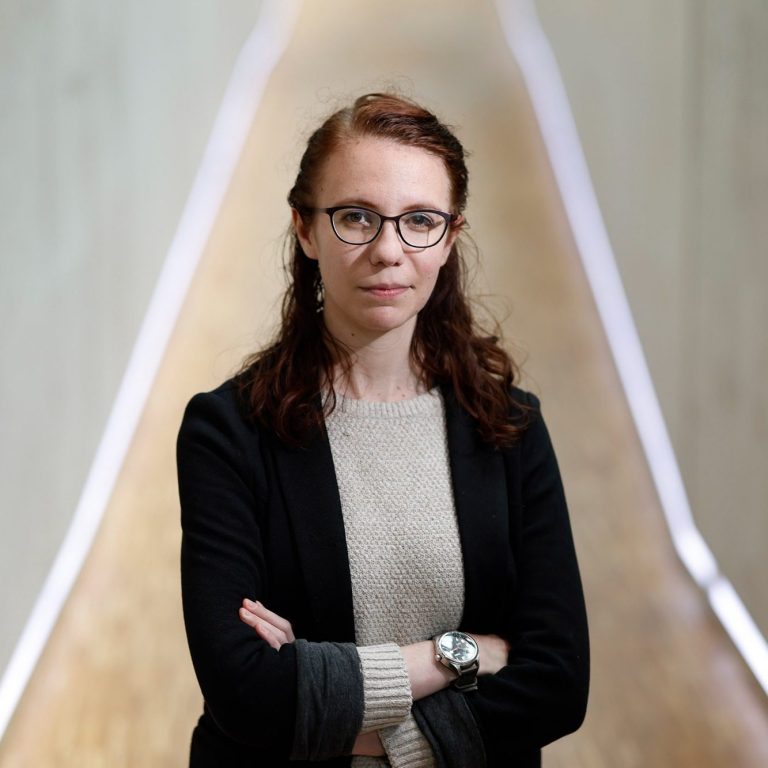Lecturer: Catherine Sibert
Fields: Cognitive Modeling, Neuroscience, Cognitive Architectures
Content
The human brain is an incredibly complex system, and many approaches and perspectives are taken in an effort to better understand how it works. While this diversity of approaches has led to many insights, too often they are taken in isolation from one another, and it can be difficult to incorporate the findings from one perspective into others. Modeling-based approaches to understanding cognition, with their origins in computer science, artificial intelligence, and information processing, struggle to connect with researchers with a stronger neuroscience focus, as the models often do not incorporate or function at a higher level of abstraction than what is known about the biological brain. However, what we do understand about the brain is often at a lower level of abstraction than can be easily connected to the higher level cognitive components of models. In this course, we will discuss the strengths and weaknesses of the modeling approach, what kind of information we can actually extract from the brain, and some examples of how the two approaches can be combined to form a broader perspective of how to study the brain.
Lecturer

Catherine Sibert is an assistant professor of Human Computer Collaboration at the Faculty of Science and Engineering of the University of Groningen. Her research focuses on the use of AI tools and frameworks in the analysis of human brain data, with an emphasis on how models of whole-brain cognition can provide insight into the underlying mechanisms of thought. She is also interested in how understanding the brain can inform and improve AI systems to collaborate more effectively with human users.
Affiliation: University of Groningen
Homepage: www.catherinesibert.com